Sioux YMCA Initiative 2019
The first few notes of the YMCA song came through the van speakers as I pushed the button to roll down my backseat window. My skin was a shade darker. The number of beaded bracelets on my wrist had grown. And my trip to the reservation was flying by. I watched the homes pass, some with blankets as curtains, most with dogs barking, and a few with beat-up bikes laying in the yard. The backdrop was green, rolling hills with the sun high and bright. I smiled, anxious to watch the kids come running out the door to the park for another day of Y programming, the YMCA song acting as their alarm.

Nine different days this happened over the course of a two-week journey on the Cheyenne River Sioux Reservation in South Dakota. As a full-time team member of the YMCA Twin Cities, I was one of 20 participants selected to run YMCA youth programs in underprivileged Native American communities. My group, Team 5, was 4 people total and I had never met the others prior to our trip.

Our Days on the Reservation
A typical day began with a trip to the grocery store, preparing turkey and cheese sandwiches and packing our cooler full, along with fruit, vegetables, and milk. After loading up our cooler and a bin full of games and crafts, we were headed to our first site where we would play and serve lunch to anywhere from 5-10 kids, ranging in age from about 4-12. After that, it was back to our home base for our own lunch, repacking our necessities and repeating the first part of our day in the second community. There, we would see anywhere from 12-30 kids ranging from ages 2-15.
Each day was its own adventure. A different mix of kids. New games. Eye-opening conversations. Hugs. And tons of emotions. Between quiet mornings drinking coffee and long car rides along dirt roads, there was a lot of time to reflect on the one-of-a-kind experience I was on. I knew I was going to walk away with new perspectives, but I learned more on my trip to the reservation than I ever imagined.
What I Learned on My Trip to the Reservation
Change Their Day, Not Their Life
It’s difficult to walk into this situation without having expectations as to how you will “change” the kids. The reality is, we don’t need to change them. Kids (and people in general) are not projects. The point is that for two hours, kids had the opportunity to come outside, play with their friends, meet new people, laugh, eat a sandwich, and get out of any situations causing them anger, sadness, or confusion.
I called it upon myself to just BE. Be present, be available, be positive, be there. These kids will likely not wake up a month from now and remember my name or something I said to improve their lives, but they might wake up a month from now and think about how much fun they had playing games with the YMCA. It was never about changing them. It was about showing up. And that was enough.
Be Authentic
I met or at least talked to new kids every single day on my trip to the reservation. And what I learned was how important it was to be my true self, especially in a space where there is a lack of trust in new people. There was no way to force a situation. You couldn’t make a kid like you. But if you stayed true to who you are and didn’t worry about being someone you’re not, the ones who needed you at that moment always followed.
It was an amazing journey to watch actions and behaviors change over the course of our time. Kids would start off as hard, unreachable, and downright impossible. They’d lie about their name, throw art supplies, swear, and act out. But fast forward to a week later? They had softened up and let (some of) their guard down. It just took patience, honesty, and trust. They needed to know who we were first.
Feel the Good—and the Bad
Some days were more difficult than others. There were feelings of unacceptance or that the kids didn’t like you. There were times they’d mock you, smack you with a stick, ignore you, and destroy your chalk—all one day after hugging you and following you around like a puppy dog. And there wasn’t much you could do to prepare for that. It was crucial to remember that their actions were a reflection on how they were feeling, and sometimes, given the circumstances, those were negative.
But with moments that caused pain or concern, came others (soon after) that brought so much joy. The importance of feeling all of it was something I learned on the reservation. If I didn’t let myself feel the bad, I would have taken away from the true beauty of the good. It was tough to hear heart-breaking, real-life stories, and being told to shut up. But if I was ever going to fully appreciate a little boy asking me to hold him or having a handmade bracelet tied to my wrist, the bad had to happen in order to give me the full feeling of good.
Their Love Runs DEEP
The connections between children are immeasurable—family is beyond important, and they always protect one another. I witnessed such strong, unselfish moments of love on the reservation. There were special bonds between siblings and ties to neighbors that reminded me of a wolfpack. If you were in, you were protected. If you were in, you were deeply loved. And there were so many special yet ordinary moments to remember.
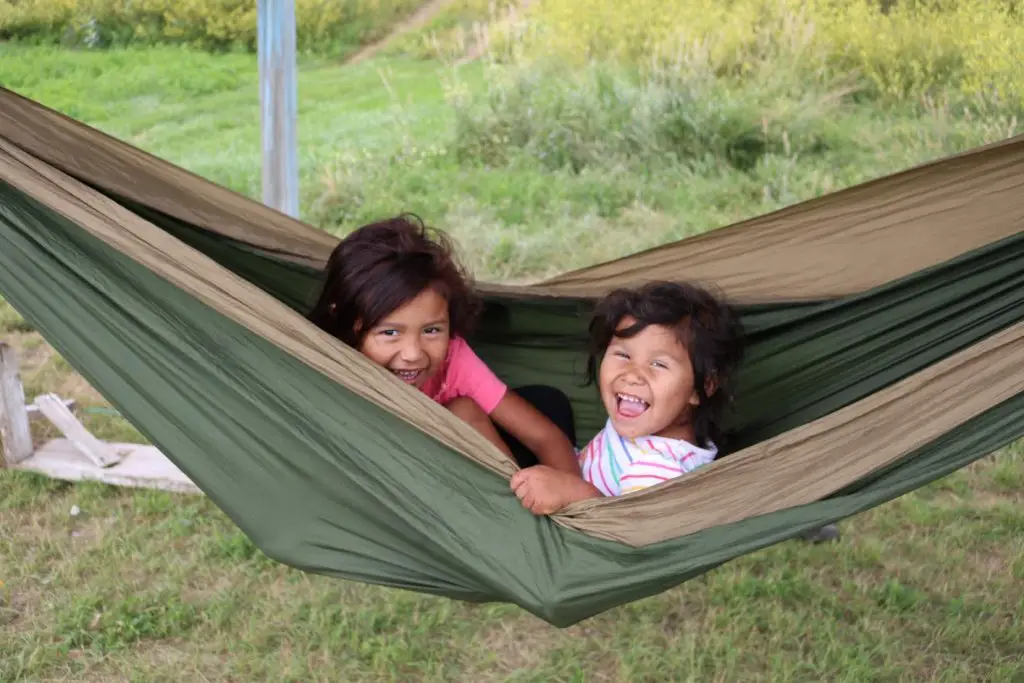
One of my favorite, unforgettable moments was watching a boy, maybe 10 years old, walk down to our YMCA program eating a sandwich from his house. His toddler brother saw him and ran up to greet him—or maybe just convince him for a bite, I thought. But there was no convincing necessary. The older brother immediately gave him the sandwich without an exchange of words. The little one took a bite, gave it back and the two began to rotate bites until the whole sandwich was gone. There was not one ounce of selfishness or annoyance in the older brother. What was his, was his brothers.
The Feeling of Being Different
I’ve never had to live as a minority. That is my reality. I have a white mom and a white dad and a white sister, and we lived in a white suburb of Minnesota for most of my childhood. And because of that, I’ve never felt what it’s like for people who live that reality every day.
A white girl with a long, blonde ponytail walking around the reservation doesn’t exactly strike too many as normal. Though there were times I felt completely welcome and included, there were certainly instances I felt ignored, judged, and like I didn’t belong. This was eye-opening for me, even for just two weeks. I developed a better understanding of how everyday life can be and how being different than those you are surrounded by is at the forefront of your mind. Until you feel it, it’s tough to understand and it’s something I am grateful to have experienced.
Slow Down
Cliché, right? We’re all told again and again to find time to unwind and take a look around. Early mornings and long car rides made for a great time to reflect on an experience that needed time to seep in for me to fully understand. It’s important to let your mind wander sometimes and get down in the depths of your thoughts. Without it, my learnings and this post never come to life.
Not only was our downtime quiet, but as was the world around us. It’s peaceful and calm. There are fewer words and a significant difference in the way people communicate. More nonverbals. Listen first. Talk second. There’s time to allow yourself to think, feel, and be vs. go, go, go. It was a part of their culture that I truly respected.
The Land is Beautiful
The scenery was gorgeous. I came in with a preconceived notion that it would be a lot of dirt—browns, and grays, flat and dusty. You sure don’t hear about the beautiful lands of South Dakota like you would a waterfront sunset or downtown city-scape, but it is right up there in terms of its beauty. The world can sure surprise you sometimes.
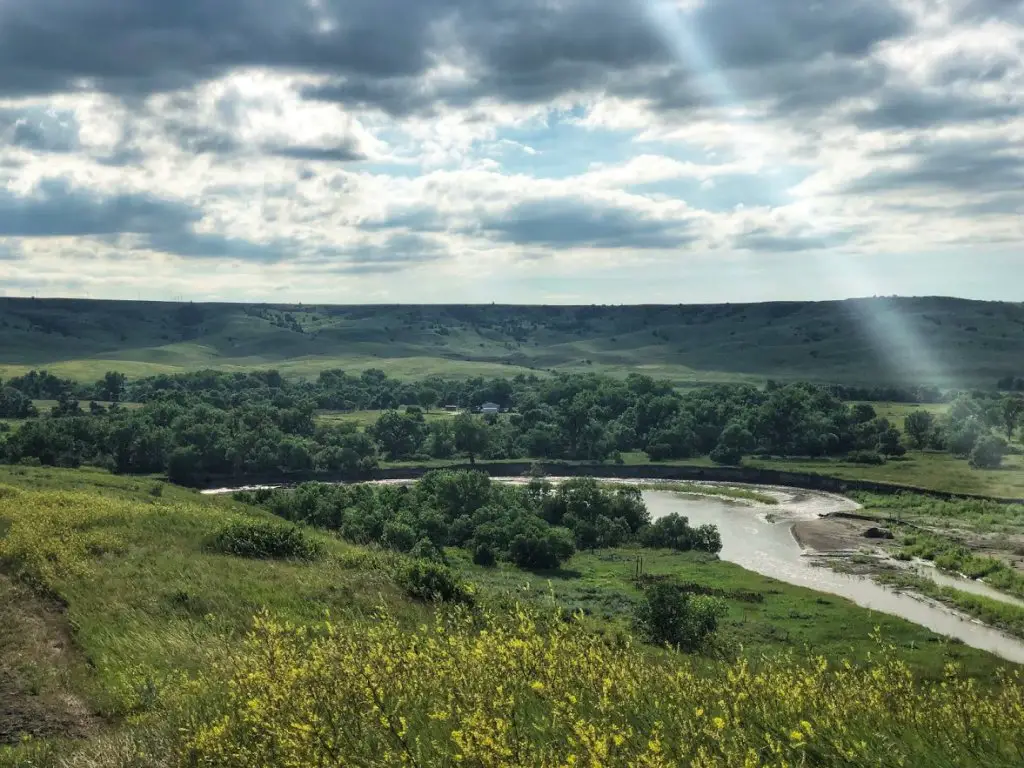
The gorgeous, green, rolling hills. Scattered trees, small blue ponds, and rivers that glisten in the afternoon sun. High yellow grasses blowing in the wind. I’m excited to share in-depth—coming soon is Backpack Goes West: South Dakota with more on greater SD, including the Badlands, the Black Hills, and more.
Lakota Culture
What I learned on my trip to the reservation of the Lakota culture was informative and beautiful. I spent a lot of time reading*, explored South Dakota during our weekend off, went to a Lakota cultural center and, most importantly, was immersed in their daily life.
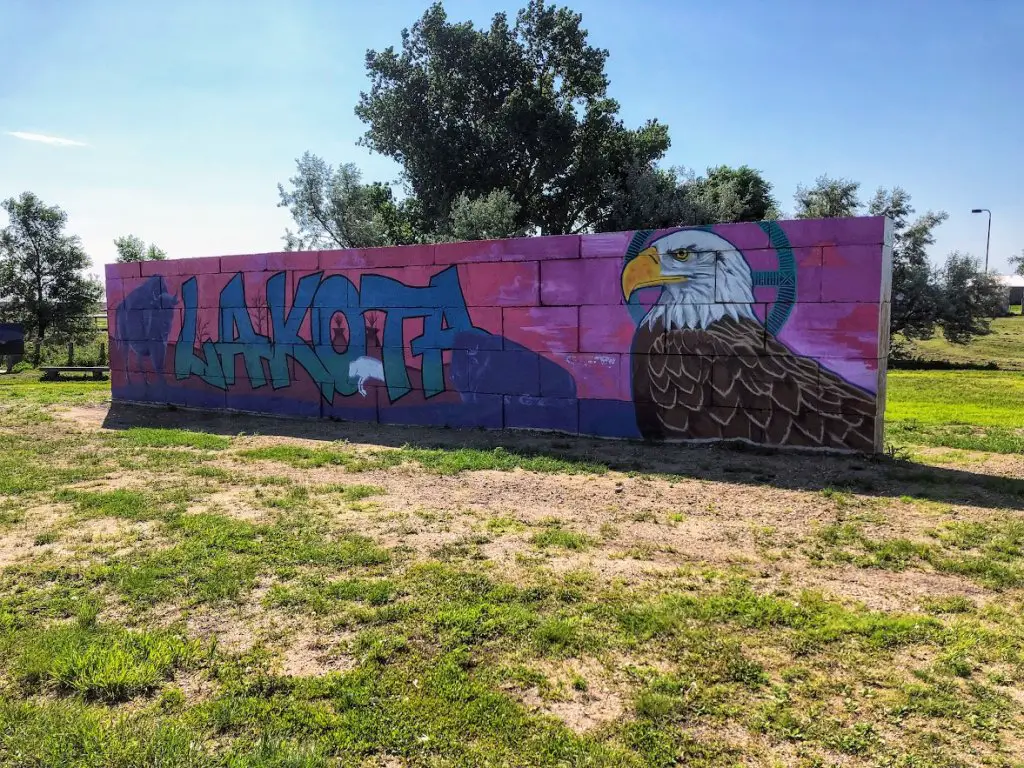
There is so much to learn about their spirituality and deeply-rooted faith. Wakan Tanka—the Great Spirit—receives thanks for everything on earth and there is harmony with all living things. They dance, they drum, they tell stories that each generation refuses to let die and they are full of dignity and pride. They have been through years and years of struggle but remain true to themselves, regardless of how hard some fight to take it away from them.
During our weekend off we were able to hit quite a few tourist hot spots including the Badlands, the Black Hills, Crazy Horse, Mt. Rushmore, and other fun, quirky cities and attractions. I am so glad I was able to see a variety of places with the Native American perspective—making some of these positive experiences and others very negative after reading the history of the Lakota culture.
We Don’t Have All the Answers
One of the struggles of my trip to the reservation was coming back home. My realities of highways, huge grocery stores, buses, and the fast-pace of life seemed near foreign to me after two weeks. It raised so many questions. How do I remember this experience and apply it to everyday life? Should I feel guilty about my own personal goals and lifestyle? Is it really possible that the struggles and battles these Native Americans face are only one state away—and many in the same state I live? How do we help? What now…?
We’re all humans. We all deserve love, opportunity, hope, joy, and a seat at the table. And there are times when we all feel judged, shamed, fearful and not enough. But at the end of the day, we all bleed the same color.
And maybe coming home with more questions than answers was the point. We have to ask the tough questions and converse with others. We need to share our experiences so others can learn. And we must be brave so others can follow. Those little kids are forever with me. I’ll remember their lack of trust at the beginning, all the way through to the hugs at the end. And I don’t have all the answers but at least now I have the questions.
You Can Make a Difference
I met several people during my two weeks on the Sioux YMCA Initiative. Some work for the Sioux YMCA, a few work for YMCA Camp Marrowbone, and others were school counselors and youth program directors. What I learned on my trip to the reservation? They all make a difference every single day. There are camps for these kids to explore, gardens for them to harvest vegetables, parks to play on, and art centers to create and express. These individuals, people just like you and me, help build a strong community; one where hope and opportunity live. And in a world full of anger, politics, shame, and fear, it’s nice to remember that there is a lot more good in this world than you think. You just need to look for it.
If you are ever looking for a good cause, please consider supporting the Sioux YMCA in whatever capacity you choose. It will surely go to good use. They are doing amazing work and are incredible people on an incredible mission.
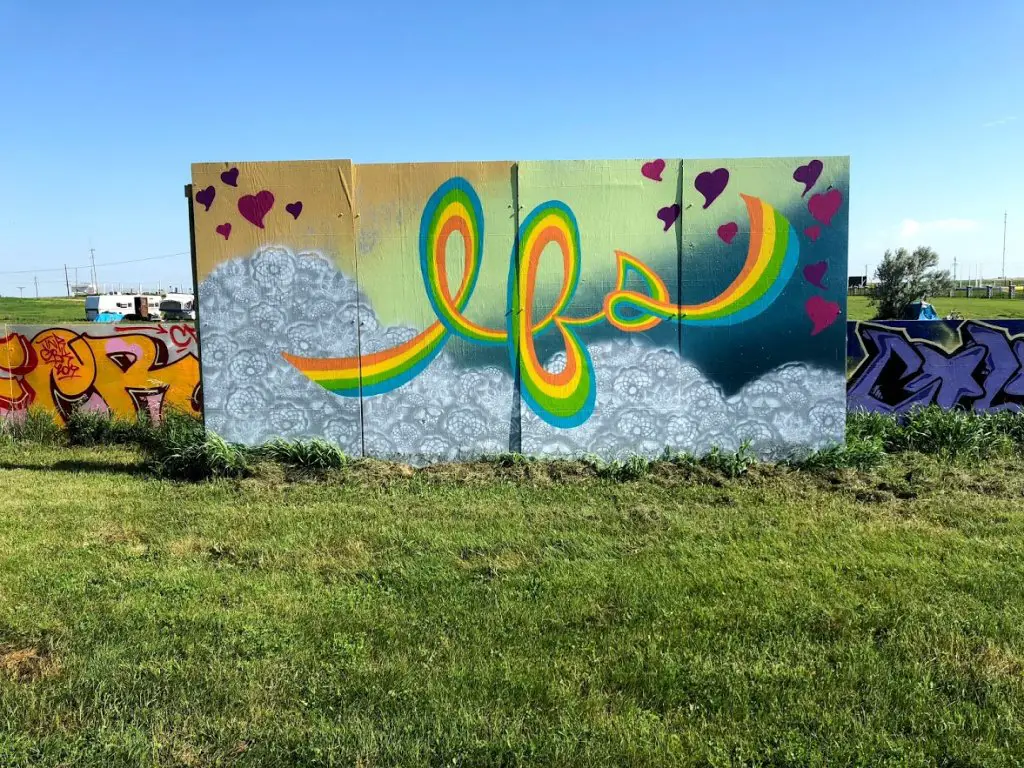
*There There by Tommy Orange. The Lone Ranger and Tonto Fistfight in Heaven by Sherman Alexie. The Journey of Crazy Horse: A Lakota History by Joseph M. Marshall III. And my most recommended, Neither Wolf Nor Dog by Kent Nerburn.

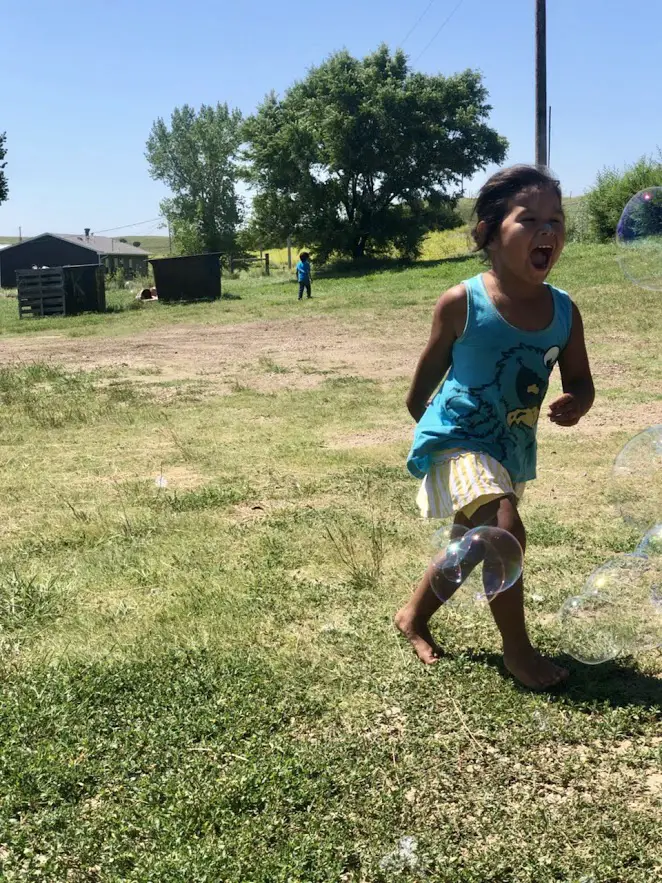
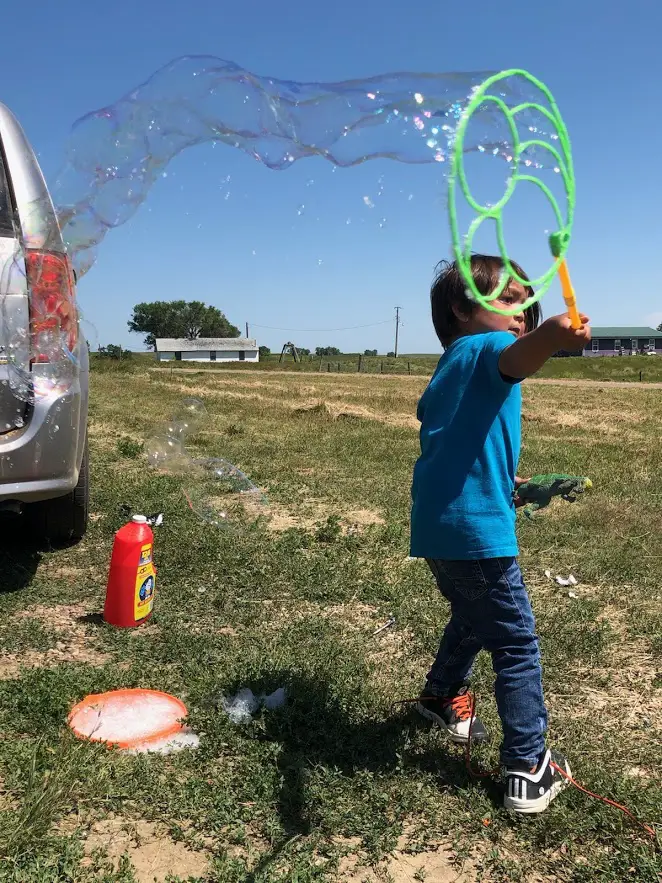
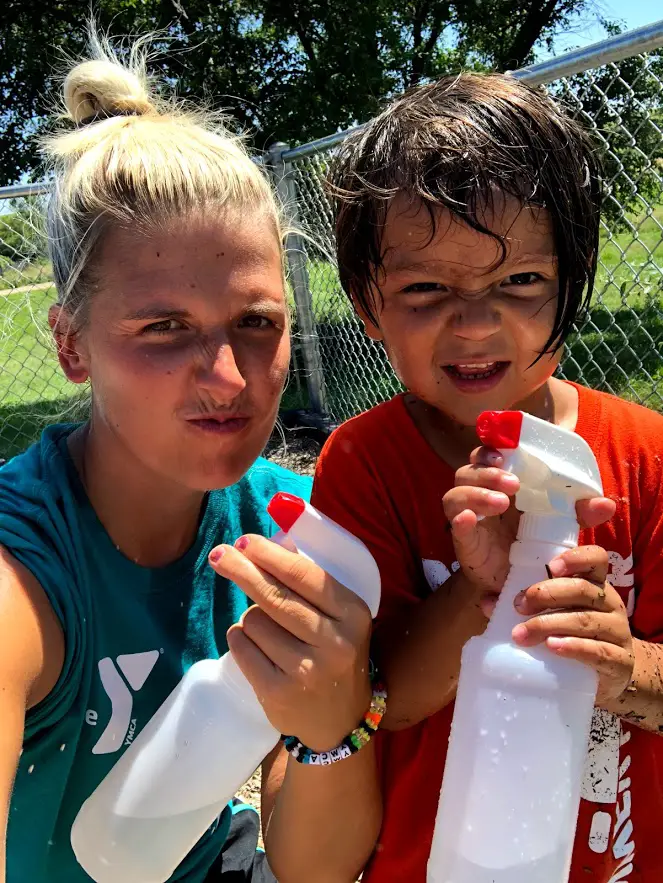
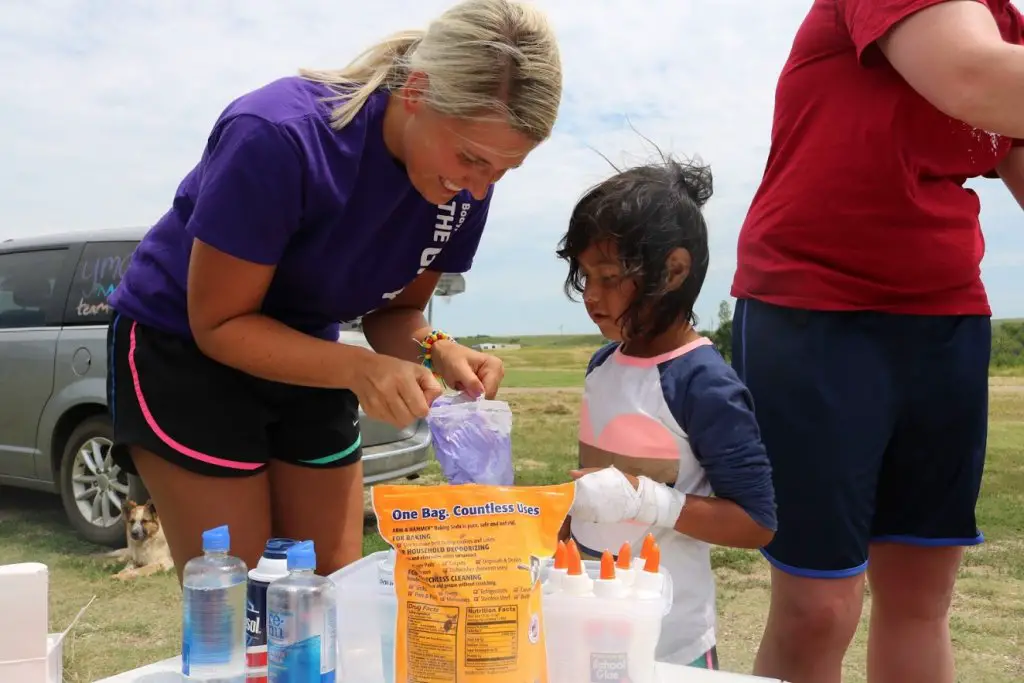

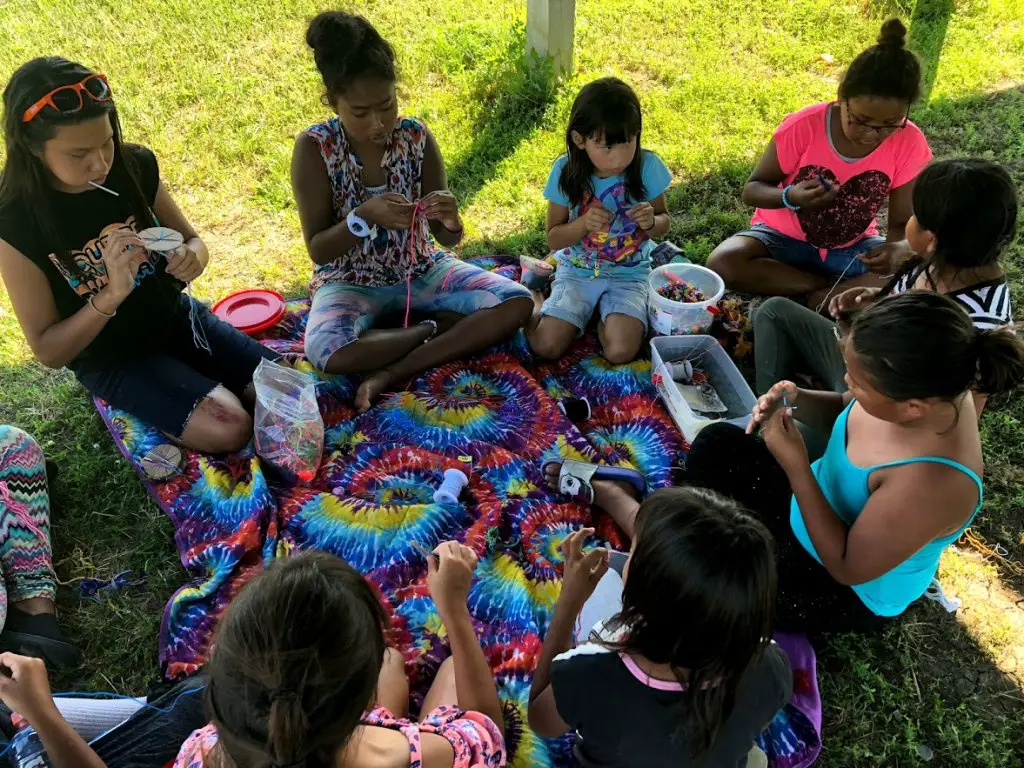


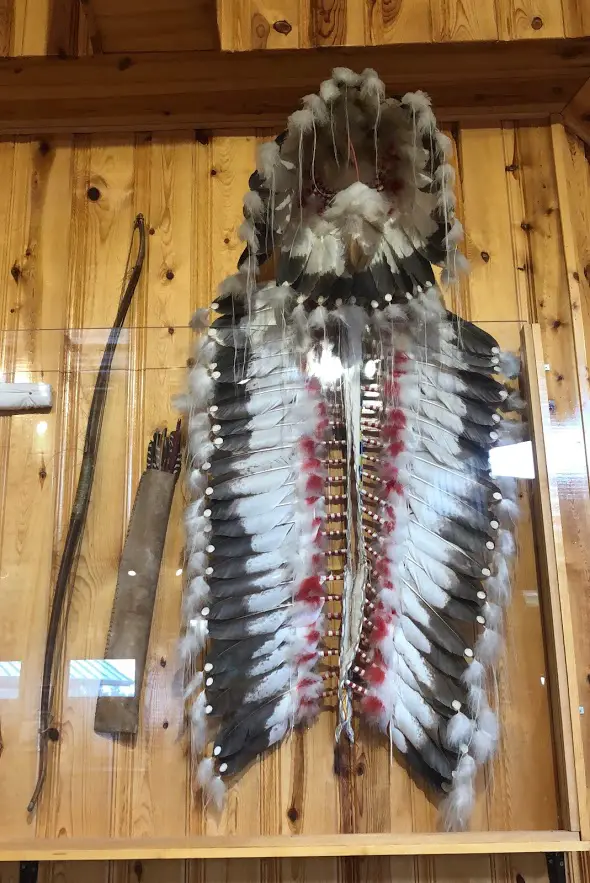
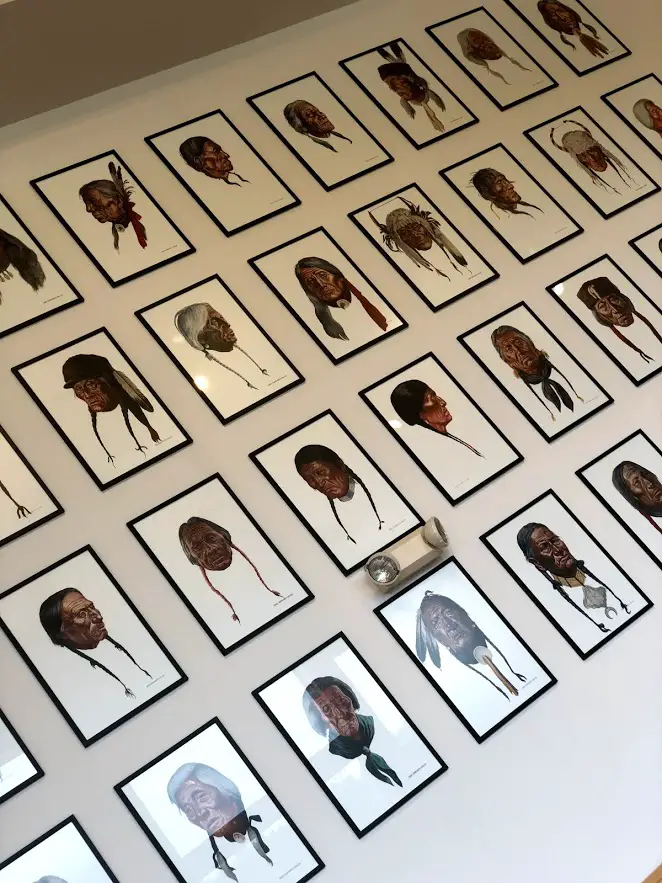
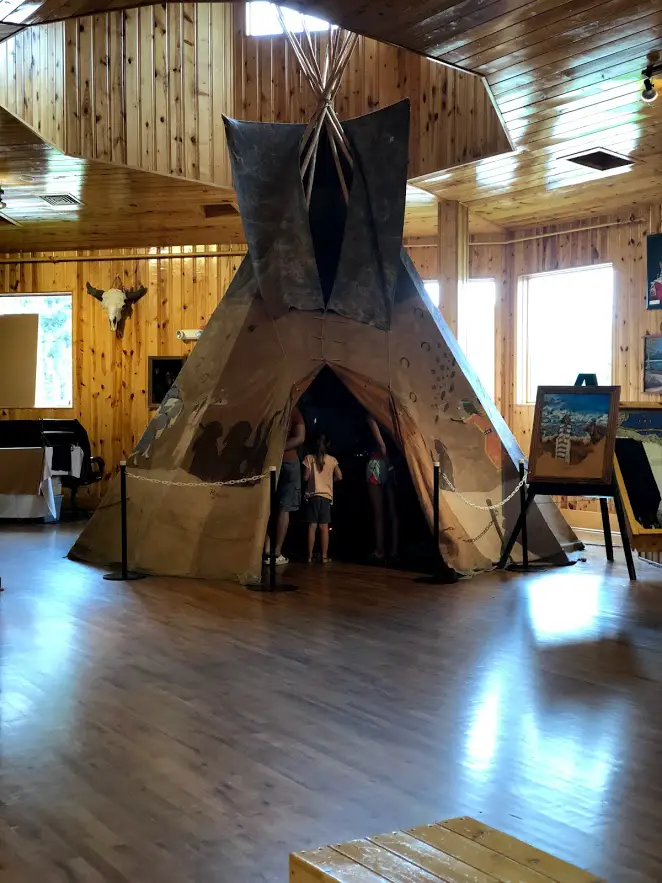
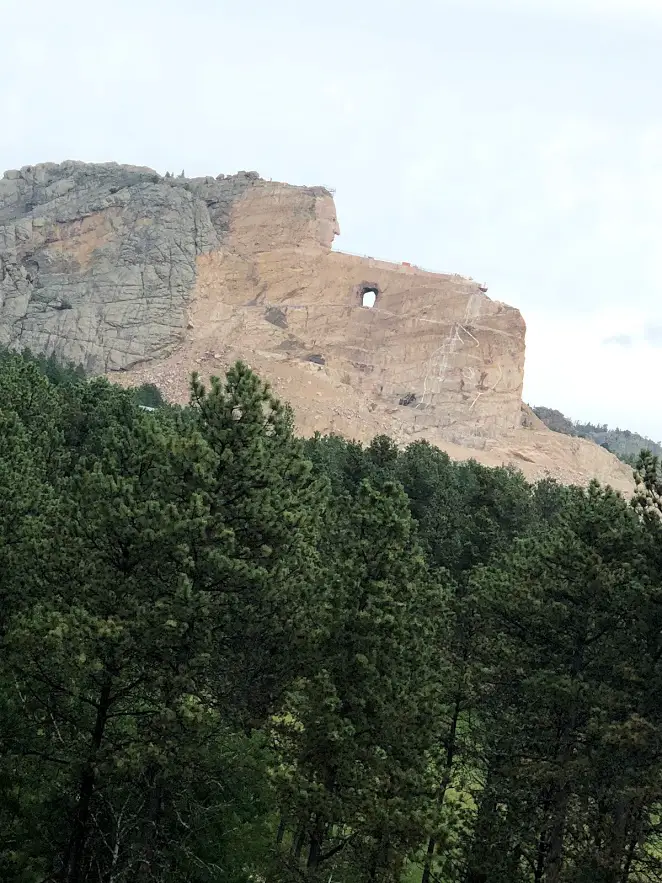
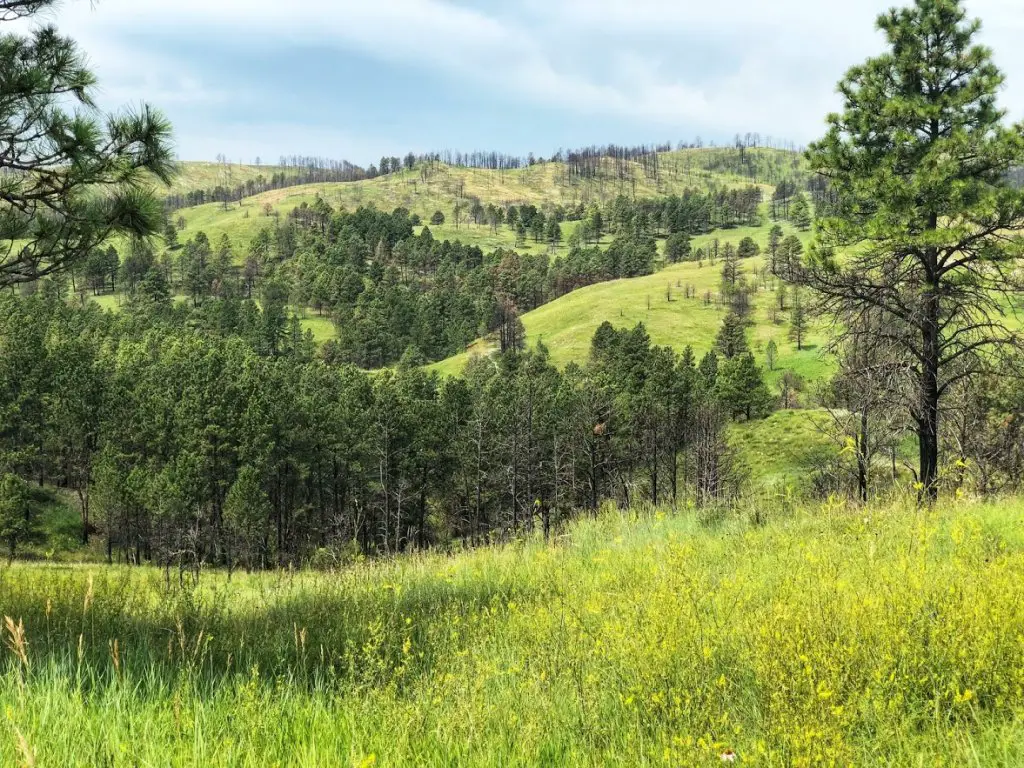
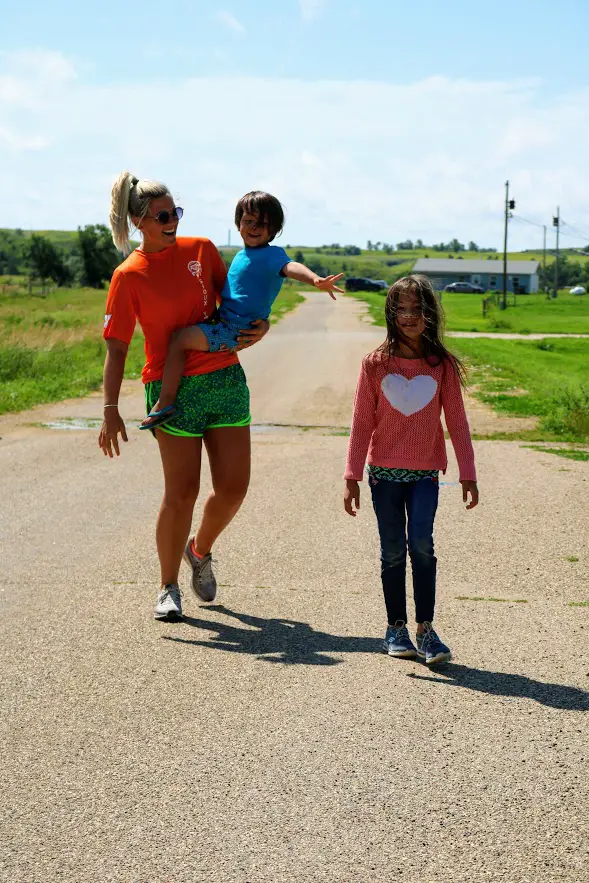

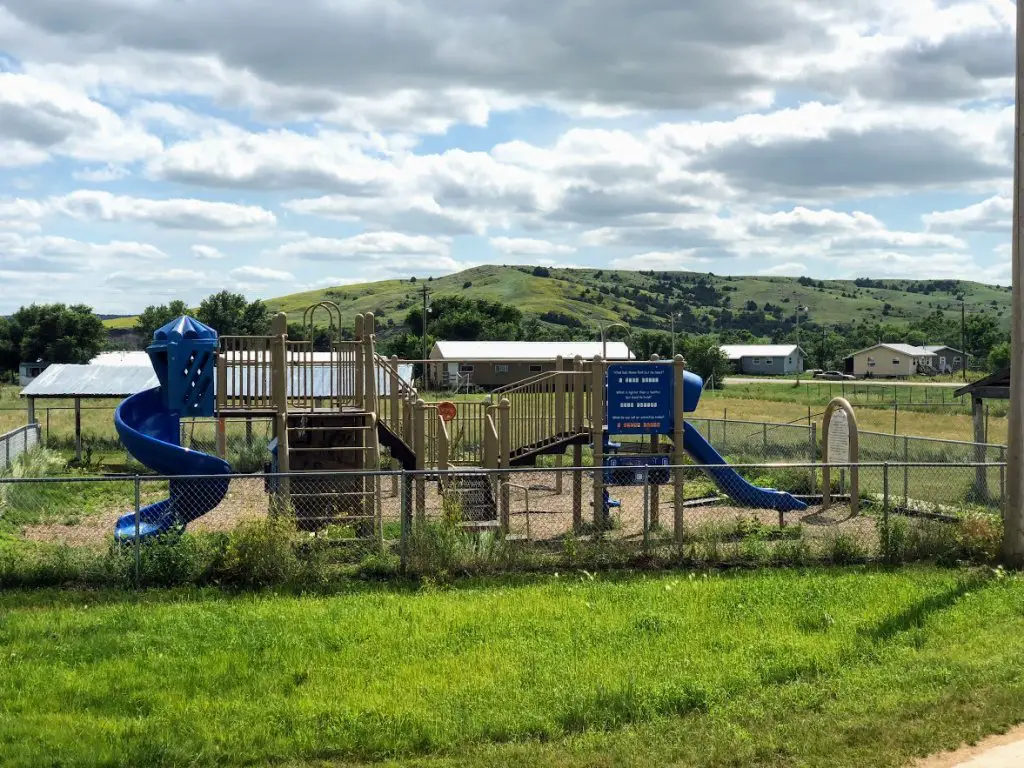

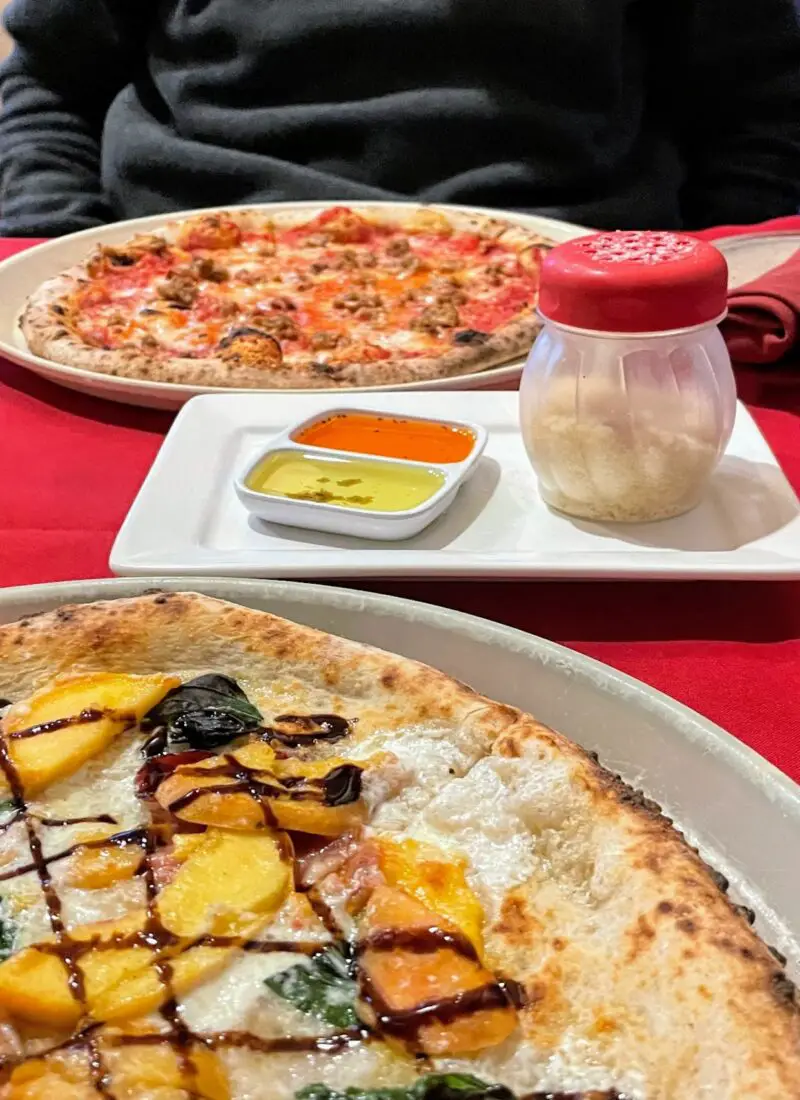
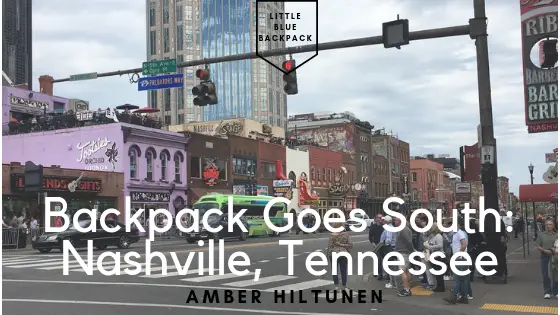
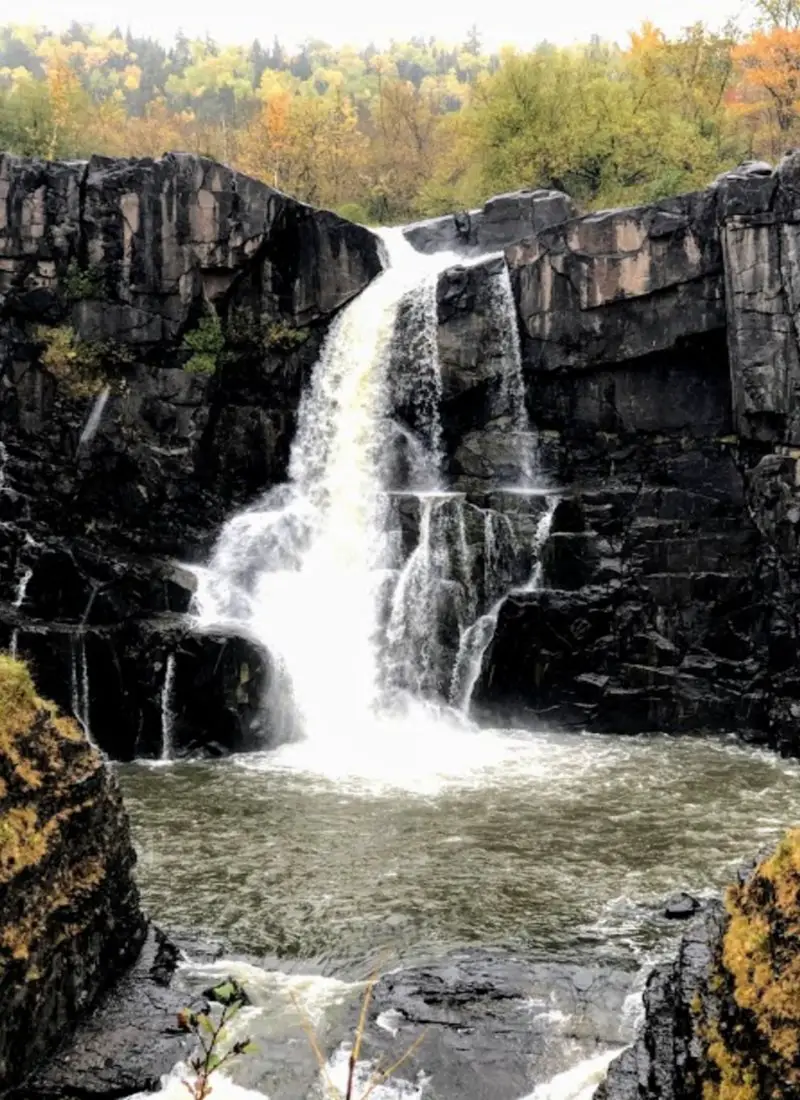

Thanks for sharing your perspective and journey Amber! I’m proud of you for moving beyond your comfort zone and to embrace the mission.
Thank you, Sarah! Lucky to work for the Y.
Beautiful writing !! So honest, such emotion !
Thank you! <3 The trip hit me 🙂
Love your story Amber .. thanks for sharing
Thank you for reading!
Gave me goosebumps Amber. You are an amazing literary artist! Thank you for sharing this experience!
Wow, thanks! Love the feedback and thanks for taking the time to read.